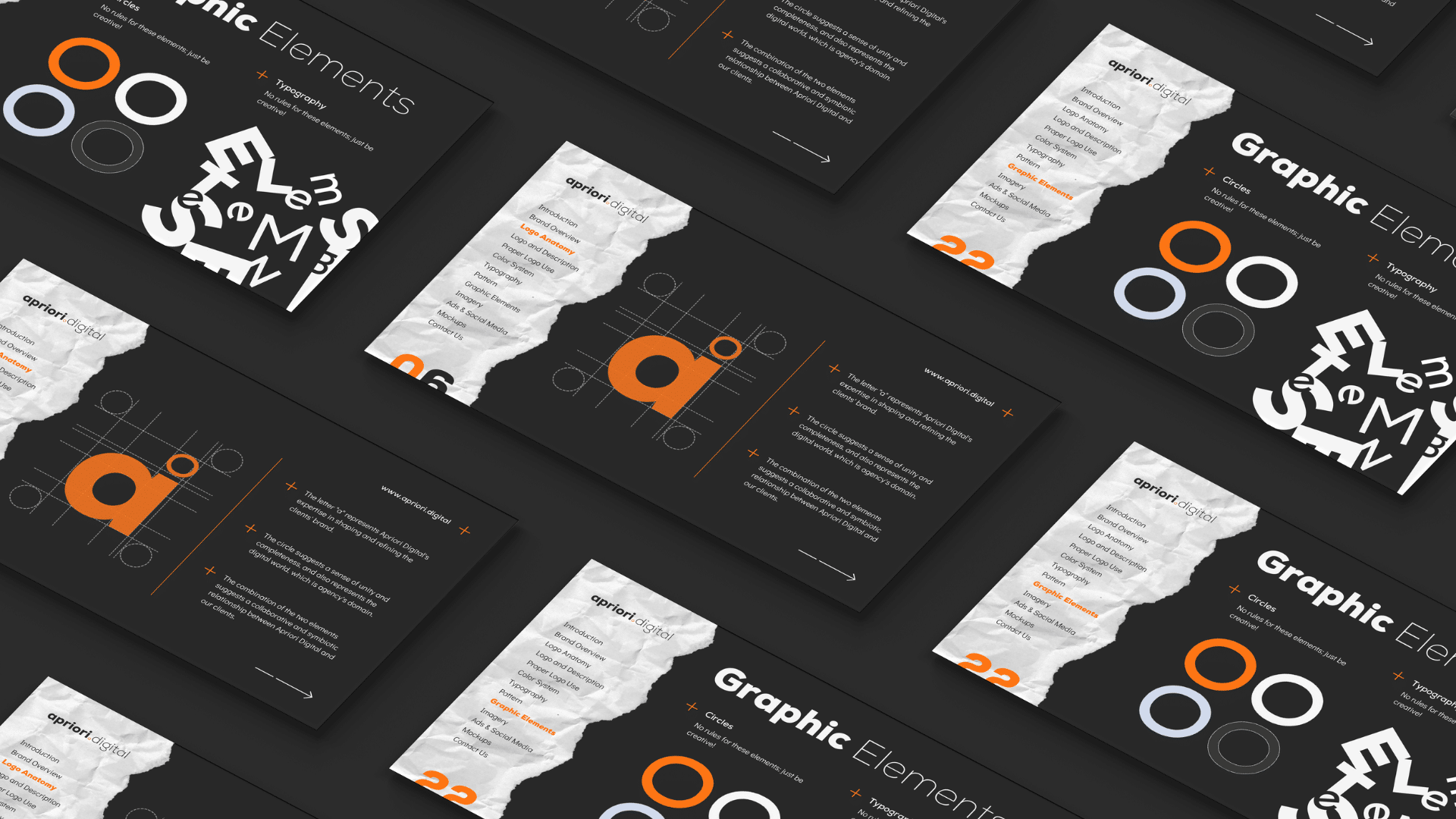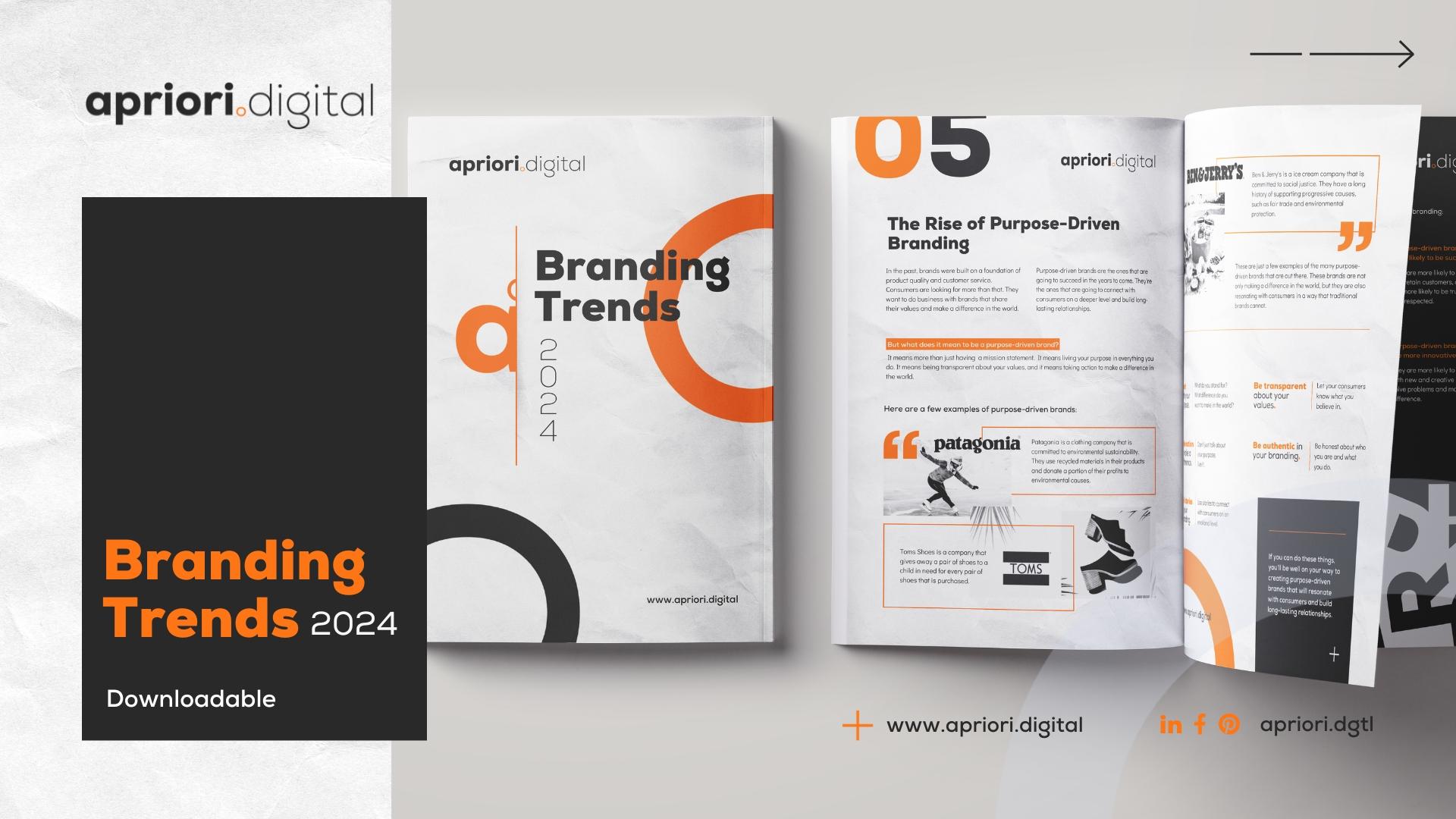In today’s digital age, the importance of e-commerce cannot be overstated, as more consumers prefer the convenience of online shopping. An effective design can make or break an e-commerce platform, influencing not only aesthetics but also functionality and user experience. Engaging with the subtleties of design can mean the difference between a site that converts and one that doesn’t. For instance, have you ever abandoned a shopping cart because the checkout process was too cumbersome? That’s design at work.
Simplified Navigation Structures
Clear, intuitive navigation is crucial for e-commerce sites, ensuring that users can find products quickly and effortlessly. A well-structured navigation setup not only enhances the user experience but also supports business goals by reducing bounce rates and increasing conversions. Here are three key points that highlight the importance of simplified navigation structures in e-commerce:
- Minimize User Effort: Simplified navigation reduces the number of clicks or interactions required to find a product. By streamlining the path to purchase, e-commerce platforms can make shopping more pleasant and less time-consuming.
- Enhanced Product Discoverability: Effective navigation structures help users explore the breadth of available products without feeling overwhelmed. This includes clear categorization, intuitive layout, and well-placed search bars.
- Improved User Retention: When users can navigate a site effortlessly, they are more likely to return. Simplified navigation contributes to a positive user experience, encouraging repeat visits and, ultimately, repeat purchases.
Example: Consider an online bookstore with a simplified navigation structure. Instead of just listing genres, the site offers personalized suggestions like “Books You Might Like,” “Popular in Your Area,” and quick links to new releases and bestsellers, all accessible from the homepage. Such a setup minimizes the search effort and enhances discovery, akin to walking into a well-organized, local bookshop where the next great read is right at your fingertips.
Responsive Design and Mobile Optimization
As mobile commerce continues to grow, optimizing e-commerce platforms for mobile devices is crucial. A responsive design ensures that a website functions seamlessly across all devices, providing a consistent user experience that adapts to different screen sizes. Here are three key points that underscore the importance of responsive design and mobile optimization in e-commerce:
- Accessibility Across Devices: A responsive website can be accessed with the same functionality whether on a desktop, tablet, or smartphone. This ensures that all users have a positive experience regardless of the device they are using.
- Enhanced User Experience: Mobile optimization focuses on the needs of mobile users, which often include faster load times, streamlined information, and touch-friendly navigation. This leads to a smoother, more engaging shopping experience that caters to on-the-go users.
- Increased Conversion Rates: Mobile-optimized sites are likely to convert more visitors into buyers. Users are more inclined to complete purchases on a site that loads quickly and navigates easily on their mobile devices.
Example: Imagine an online clothing retailer that has implemented responsive design across its platform. When a user visits the site on a smartphone, the images, text, and layout adjust automatically to fit the smaller screen. Product images are large enough to be seen clearly without needing to zoom, and text is easily readable. Navigation is simplified into a drop-down menu that is touch-friendly, and the checkout button is prominently placed for easy access. This mobile-optimized design not only enhances the shopping experience but also encourages users to complete their purchases directly from their phones, thus increasing the site’s overall conversion rates.
Check out some of our work
Advanced Search Filters
Advanced search filters play a pivotal role in enhancing the browsing experience for users on e-commerce platforms. By allowing users to refine their search results according to specific criteria, these filters streamline the process of finding products and help users discover items that match their preferences more accurately. Here are three key points that illustrate the significance of advanced search filters in e-commerce:
- Efficient Product Discovery: Advanced search filters enable users to narrow down their search results quickly, saving time and effort. By specifying parameters such as price range, size, color, brand, and customer ratings, users can easily find products that align with their preferences and requirements.
- Enhanced User Satisfaction: Providing robust search filtering options contributes to overall user satisfaction. When users can easily locate products that meet their exact specifications, they are more likely to have a positive shopping experience and develop trust in the e-commerce platform.
- Increased Conversion Rates: The implementation of advanced search filters can lead to higher conversion rates. By presenting users with more relevant search results, tailored to their preferences, e-commerce platforms can significantly reduce bounce rates and increase the likelihood of users making a purchase.
Example: Imagine a user visiting an online electronics store in search of a new laptop. Instead of scrolling through pages of irrelevant products, the user utilizes advanced search filters to refine their search. They specify their desired price range, brand preferences, processing power, screen size, and operating system. Within seconds, the search results display only laptops that meet these criteria, making it easier for the user to compare options and make an informed decision. This personalized and efficient browsing experience not only satisfies the user but also increases the likelihood of them completing a purchase, thereby benefiting the e-commerce platform.

Interactive Product Displays
Interactive product displays revolutionize the way users engage with products on e-commerce platforms. By providing dynamic and immersive experiences, these displays allow users to interact with products in a more meaningful way, leading to increased engagement and higher conversion rates. Here are three key points that highlight the significance of interactive product displays in e-commerce:
- Enhanced Product Visualization: Interactive displays enable users to view products from multiple angles, zoom in for closer inspection, and even see them in action through videos or animations. This level of visual engagement helps users make more informed purchasing decisions by providing a clearer understanding of the product's features and functionality.
- Increased User Engagement: Interactive product displays create a more engaging browsing experience that captivates users' attention and encourages them to spend more time exploring the products. By offering interactive elements such as 360-degree rotation, color customization, or virtual try-on features, e-commerce platforms can hold users' interest and keep them actively engaged with the site.
- Improved Conversion Rates:The immersive nature of interactive product displays can significantly impact conversion rates. When users feel more confident and informed about a product due to interactive visualization, they are more likely to proceed to checkout and complete the purchase. Additionally, the memorable and enjoyable shopping experience provided by interactive displays enhances brand loyalty and encourages repeat business.
Example: Consider a furniture e-commerce website that offers interactive product displays for its range of sofas. Users visiting the site can not only view high-resolution images of each sofa but also interact with them in various ways. They can rotate the sofa to examine it from different angles, zoom in to see the fabric texture up close, and even visualize how the sofa would look in their own living room by using augmented reality technology. This immersive and interactive experience not only helps users visualize the product more effectively but also builds trust and confidence in their purchasing decision, ultimately leading to higher conversion rates for the e-commerce platform.
Seamless Checkout Processes
A seamless checkout process is essential for converting browsing customers into paying ones in e-commerce. It’s the final step in the user journey and can significantly impact a business’s bottom line. Here are three key points that underscore the importance of a seamless checkout process:
- Reduced Friction: A streamlined checkout process minimizes obstacles and friction points, such as unnecessary form fields or confusing steps. By simplifying the process and eliminating unnecessary distractions, e-commerce platforms can guide users smoothly from adding items to their cart to completing their purchase.
- Increased Conversions: A seamless checkout process directly correlates with higher conversion rates. When the checkout process is quick, intuitive, and hassle-free, users are more likely to follow through with their purchase instead of abandoning their cart out of frustration or confusion.
- Enhanced Trust and Confidence:A well-designed checkout process instills trust and confidence in users, assuring them that their payment information is secure and their order will be processed efficiently. This positive experience encourages users to return to the e-commerce platform for future purchases and fosters brand loyalty.
Example: Imagine a user who has found the perfect pair of shoes on an e-commerce website. As they proceed to checkout, they are presented with a single-page checkout form that only requires essential information such as shipping address, payment method, and billing details. They have the option to save their information for future purchases, reducing the time spent on subsequent transactions. Additionally, the checkout process offers multiple secure payment options, including credit card, PayPal, and digital wallets, catering to different user preferences. With clear progress indicators and minimal distractions, the user completes their purchase smoothly and with confidence, leading to a successful conversion for the e-commerce platform.
Knowledge Tip
In the ever-changing online market, using data-driven approaches to inform e-commerce design can significantly enhance user experience and increase efficiency. By analyzing user data and behavior, businesses can create more effective and personalized shopping experiences.
Bonus Round: Harnessing the Power of Influencer Marketing
Personalization in e-commerce design tailors the shopping experience to individual user preferences, history, and behavior, leading to higher engagement and satisfaction.
- Customizes product recommendations based on user behavior.
- Enhances user engagement by creating a more relevant browsing experience.
- Can increase sales by showing users products they are more likely to buy.
Example: Imagine your online shopping experience as being greeted by a friend who remembers all your preferences—that’s what effective personalization feels like.
Follow us on socials
Conclusion
Innovative design is transforming e-commerce by focusing on user experience, functionality, and engagement. From simplified navigation to responsive design, advanced search filters, interactive product displays, and seamless checkout processes, these elements are critical in shaping a successful online shopping platform. As you consider these design innovations, think about how they can be applied to enhance your e-commerce platform and meet the rising expectations of today’s savvy shoppers. Ready to elevate your e-commerce experience through innovative design?
You might be interested in

4 Emerging Technologies Reshaping Graphic Design
Discover the transformative impact of emerging technologies on graphic design. From AI and AR to sustainable practices, explore the future of design innovation today!

The Top 8 Free Design Tools Every Brand Designer Should Know About
Explore the top 8 free design tools for brand designers, including Inkscape, SketchBook, and Figma, and enhance your creative workflow without the cost.





